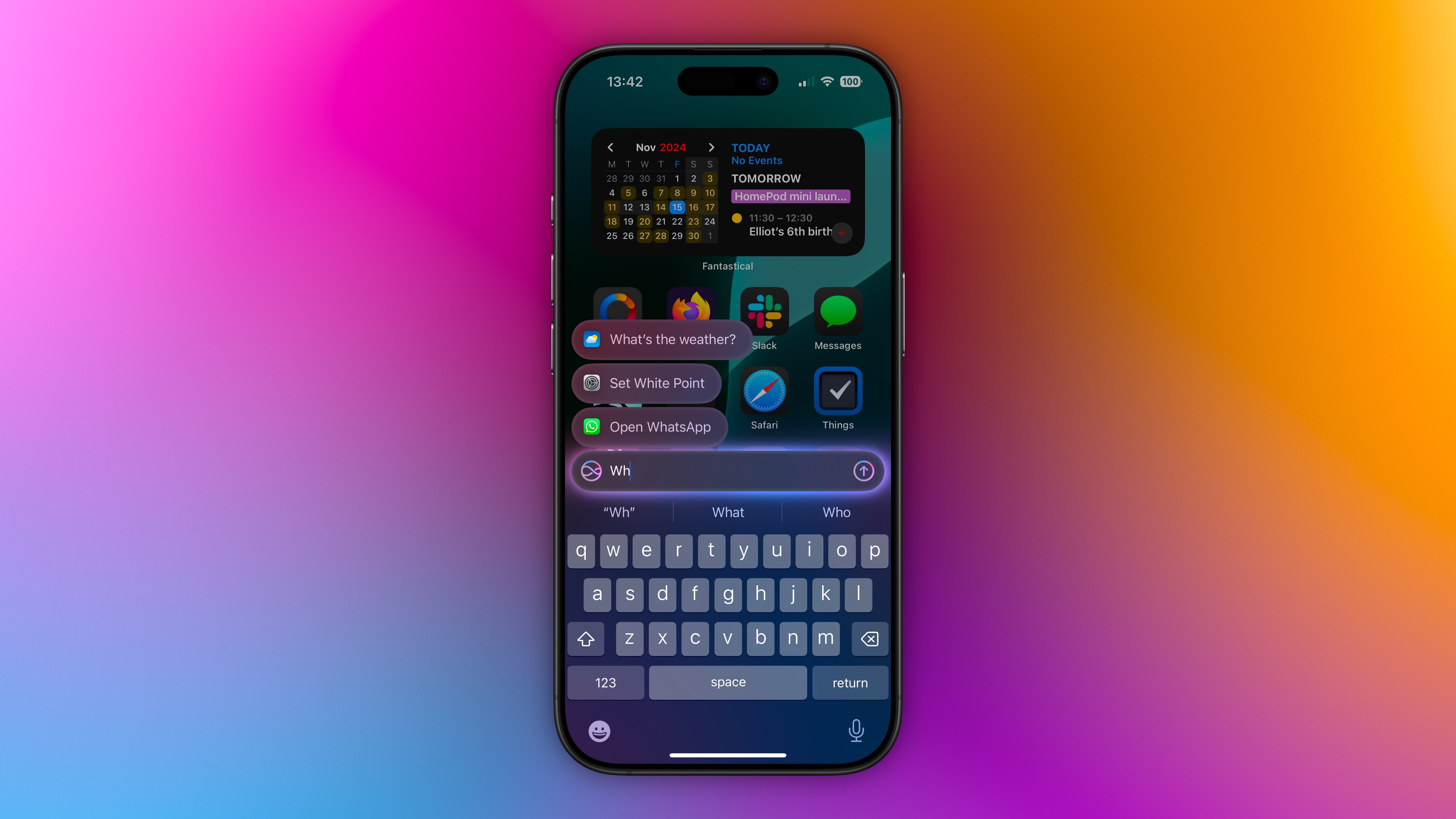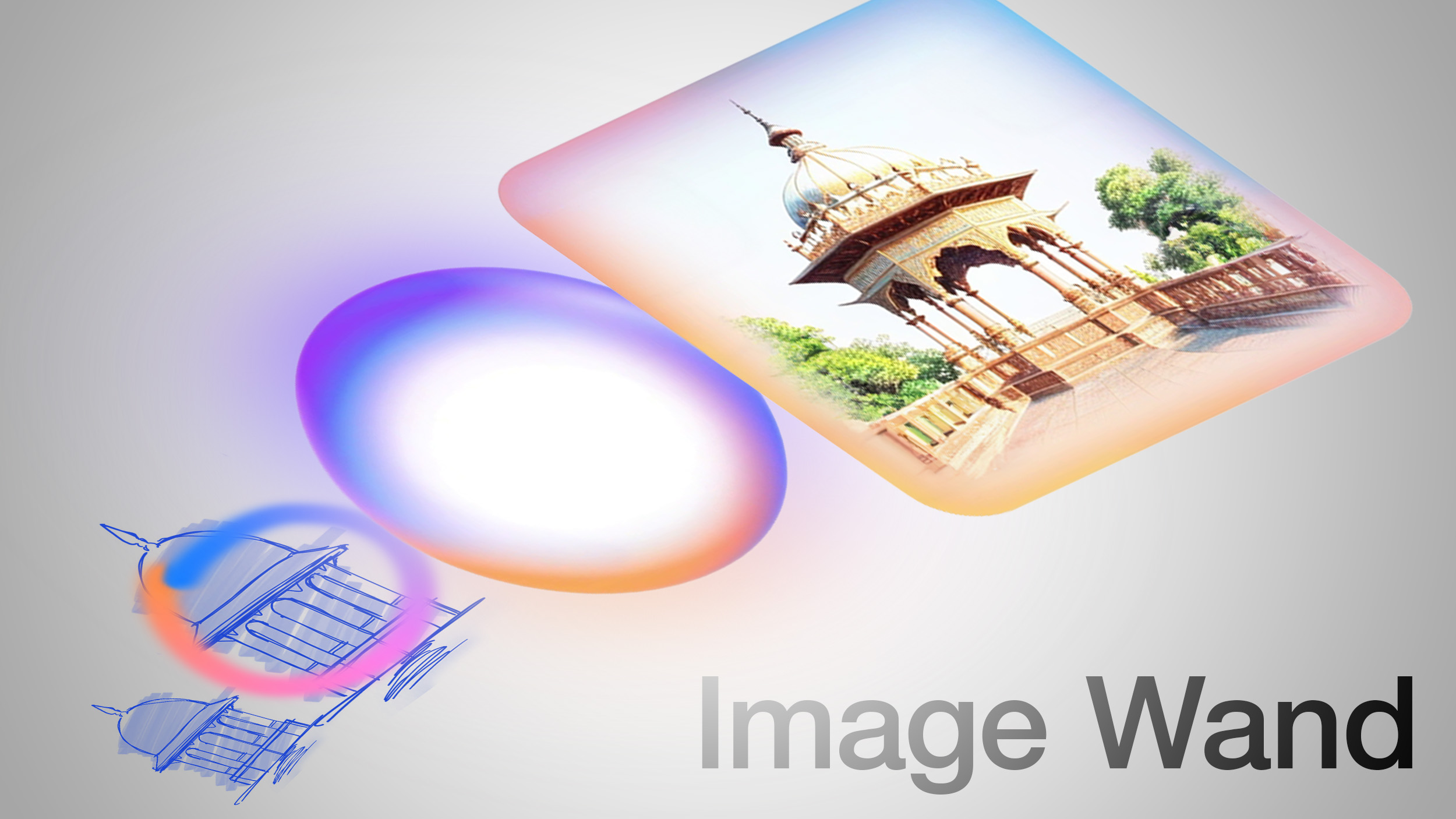OLED vs Mini LED vs MicroLED: Different TV techs explained
If CES 2022 is anything to go by, we will see a bundle of amazing new TVs released this year. However, new ranges often come with new buzzwords and display technologies – and that can get a little confusing if you’re looking to buy one.
There are new OLED TVs, Mini LED TVs and even MicroLED TVs on their way, adding to those on the market already.
We explain each of the technologies below, including their unique characteristics to help you make sense of it all.
OLED
Used by: LG, Philps, Panasonic, SonyPositives: Deep black levels, great colour saturation and HDR response, can be super slim.Negatives: Brightness not always as good as LED/LCD, limited lifespan in comparison with conventional LCDs, prone to image retention
Organic Light Emitting Diode technology – better known as OLED – has been around for the best part of a decade and is used in TVs, as well as phones and other small-screen, portable devices.
It uses millions of tiny, coloured, self-illuminating pixels that can be switched on or off individually which means that darker areas of a screen can be more deep and involving, with zero light bleed from neighbouring pixels. Indeed, as they can be completely switched off, black levels tend to be better than most other screens on the market today.
Power consumption also benefits from the lack of a backlight – as does an OLED TV’s depth as the panel can be made just millimetres thick. Some OLED TVs have separate media connection boxes, which enable the panel to sit flush to a wall.
OLED TVs are also known for excellent colour saturation and accuracy, although brightness doesn’t tend to run as high as top-end LED TVs.
Another caveat for OLED display technolgy is that, as it is organic, its lifespan is less than rivals’. Pixel effectiveness can fade and a set can look less bright or vibrant over time. This can take many years, though.
Perhaps more important to note is that OLED is similar to the old plasma TV technology in screen retention. You can often see static images linger for a while. In the worst case scenarios, you can even experience permanent screen burn although TV manufacturers have introduced a number of failsafes and measures to help prevent that occuring in more recent models.
Best 4K TV 2021: Premium Ultra HD smart TVs to buy today
Mini LED
Used by: LG, Samsung, Philips, TCLPositives: Great brightness, better black levels in comparison with other LED TVs, more affordableNegatives: Thicker TV due to backlighting behind LCD substrate, some light bleed between pixels
Mini LED is a reasonably new technology for TVs. It is also the only one here that refers to the backlight rather than the screen technology itself.
A Mini LED backlight is similar to other LED technologies that sit directly behind an LCD substrate and, much like those, it shines light through non self-illuminating pixels to give you an image on screen. However, unlike other LED backlights – even local dimming ones – it is made up of many thousands of tiny LEDs that can be switched on or off in multiple, much smaller zones.
For example, LG’s current range of Mini LED TVs use 30,000 LEDs in the backlight, which sits directly behind the LCD panel. These are grouped in around 2,500 zones, which can be accurately turned on/off, dimmed or made more bright as needed.
The benefit to this technology over conventional LED backlighting is that it can be more precise and therefore provide better black levels. Colour saturation and accuracy is improved too (as is the case when you have better control over the dark areas of a screen). There is less light bleed too, as the LED zones are much smaller than usual.
The end result couldn’t compare like-for-like with OLED or MicroLED, which are more precise still with each pixel being self-illuminated, but you do get a much better picture than you would usually for LED TV tech.
Another benefit to Mini LED TVs are that they are cheapest of the three here to manufacture. As a result, prices can be more attractive.
What is Mini LED? The TV display technology explained
MicroLED
Used by: SamsungPositives: Superb brightness, excellent black levels, modular TV technology so can be made into many different sizesNegatives: Extremely, prohibitively expensive, can currently only be made in massive screen sizes
Like OLED, MicroLED technology uses self-illuminating pixels with multi-coloured miniature LEDs combining to present a very accurate picture without the need for a backlight.
This presents similar performance to OLED, especially when it comes to black levels as each pixel can be turned on or off at will. However, as the pixels are made up of non-organic material they can technically also shine brighter, therefore potentially giving MicroLED TVs much higher contrast and brightness.
HDR control, therefore, is more pronounced on a MicroLED panel, with more extreme black levels and brightness than other technologies can achieve.
MicroLED tech can is also more flexible, as evidenced by Samsung’s The Wall, which is modular and built-up using different chunks of screens pieced together to make a much bigger display.
There are a couple of caveats with MicroLED, however. First, as it is made up of groups of pixels that measure a millimetre (a module), it is really only usuable in larger screen sizes or you will lose resolution. The smallest MicroLED TV released so far is 77-inches. The original Wall TV was 4K and 146-inch.
Other manufacturers are developing micrometre modules though, so that could be an issue solved sometime in the future.
The other downside to MicroLED is that it is currently extremely expensive. For example, Samsung’s 2021 110-inch MicroLED TV cost over $150,000.
What is MicroLED? The TV technology to take on OLED explained




